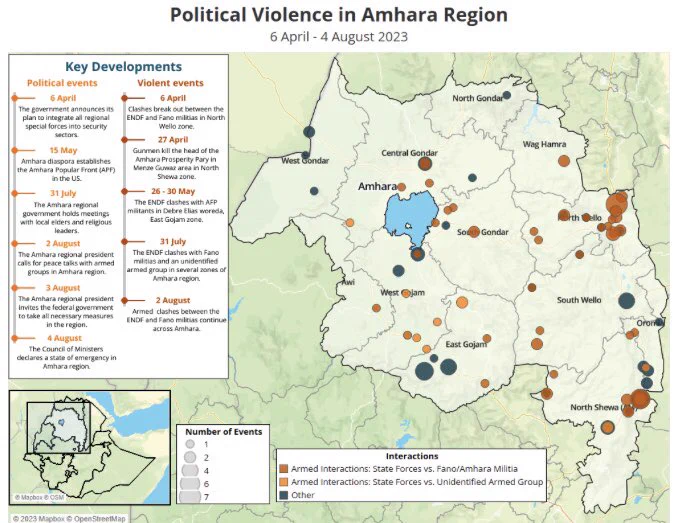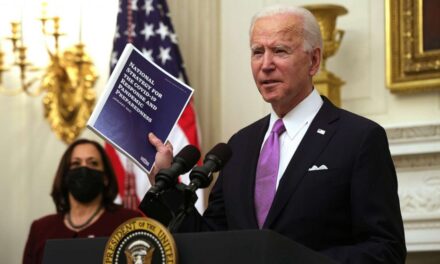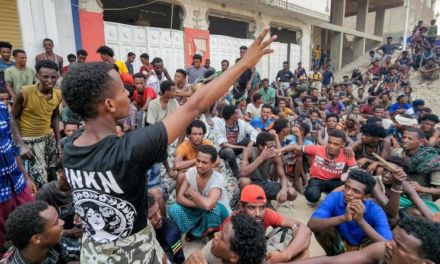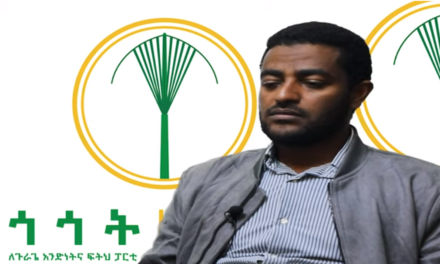EVN (August 11) — Armed clashes in Ethiopia’s Amhara region has reached alarming levels, leading to the declaration of a state of emergency by the government. According to the Armed Conflict Location & Event Data Project (ACLED), an international project which specializes in data collection, analysis, and crisis mapping, the region has witnessed an exponential surge in armed clashes and unrest, raising concerns about the stability of the nation.
Last week alone, ACLED reported close to 30 clashes between government forces and Fano militias, with the majority concentrated in the North Wello and West Gojam zones. This marked a significant increase, nearly eightfold, compared to the weekly average recorded since the crisis began in April. The Amhara region, once relatively peaceful, has transformed into one of the most volatile areas in the country.
The unrest can be traced back to controversial plans announced by the government in April 2023 to integrate regional special forces into other security institutions. This decision triggered a series of clashes between state forces and Fano and Amharic ethnic militias. The situation escalated further when an unidentified armed group killed the head of the Amhara Prosperity Party, leading to an order from the federal government for the Ethiopian National Defense Force (ENDF) to take action against “extremist” elements.
Fano and Amharic ethnic militias have demanded the withdrawal of ENDF troops from the region, accusing both regional and federal governments of being dominated by ethnic Oromos. They also seek the inclusion of areas in the Tigray region with large Amhara populations under the jurisdiction of the Amhara regional government.
ACLED’s data reflects a sharp increase in clashes between ENDF and Fano militias, predominantly concentrated in the North Wello and West Gojam zones. Fano militias managed to seize control of certain towns and even released prisoners. Violent demonstrations also erupted in various locations, obstructing ENDF movements.
In response to the escalating violence, Amhara regional authorities appealed to the federal government for action. The Council of Ministers subsequently declared a six-month state of emergency in the region. This declaration comes with constraints on civil and political rights, such as limitations on demonstrations and allowing arrests without a court order. The government suggested that the state of emergency could extend to other parts of the country if deemed necessary.
Despite the state of emergency, clashes between Fano militias and ENDF continue. Notably, several high-profile figures, including a member of the Amhara National Movement, a representative from the House of Representatives, and a member of the Addis Ababa City Council, have been arrested in connection with the ongoing conflict.
The ongoing crisis in Amhara presents a dire threat to the stability of Ethiopia, as the region’s support has been crucial for the federal government. As the situation escalates, it becomes clear that the peace agreement with the Tigray People’s Liberation Front did not account for the challenges posed by the Amhara region. Finding a resolution to the contested areas in Tigray is crucial to addressing this volatile situation, and the federal government faces a delicate balance between managing Amhara instability and countering Tigray instability without Amhara support.
This report was based on information provided by the Ethiopia Peace Observatory (EPO), a specialized ACLED project focused on local data collection efforts and monitoring political violence and peace initiatives across Ethiopia, according to the group.








